Poor old TV. Online has started seducing its viewers. And they are smitten, constantly confiding to friends how amazing it all is. And YouTube is the star attraction.
Yes, there is a lot of buzz about Netflix, much of it well deserved. It has about 55 million subscribers. But over a billion people watch YouTube every day - one third of everyone online. Views are up 50% every month, year on year. A staggering five hours of video are uploaded every second, generating a voluminous variety of clips that all but guarantees a successful search for everything from the everyday to the esoteric.
Add in its global presence (it’s localised in 75 countries and available in 61 languages) and the reason why YouTube is the third most visited website in the world (after Google and Facebook) becomes clear: no matter who you are, where you come from, or what device you are using, you can find whatever you are looking for on YouTube and start watching it within seconds.
“It super-serves the under-served,” says Derek Scobie, head of YouTube Propositions. “Even a niche audience can find great scale.”
It’s a similar situation for fmcg brands. Even a niche product can find a huge audience to advertise to. “In the 1950s P&G invented the soap opera because there wasn’t enough content to engage housewives, who were their core target audience,” adds Scobie. “Something similar is happening here.”
So fmcg brands are popping up on YouTube in all sorts of categories. And, crucially, Scobie says they are adding value, rather than interrupting the good stuff. That’s backed up by the fact that four brands (Nike, Wren, 20th Century Fox and Budweiser) made YouTube’s top 10 most watched videos for the first time in 2014. And when YouTube split out the top 10 watched ads of the year, six hailed from fmcg.
In short, millions of consumers are actively seeking out fmcg branded content on YouTube and enjoying it. “To quote Shane Smith from Vice, young people have the greatest bullshit detectors of all time,” says Scobie. “But they are choosing to watch YouTube. So it’s not just eyeballs. It’s about engagement.”
Engaging viewers has always been integral to any successful ad campaign. So while much of the YouTube content from brands (not including standard pre-roll ads before videos) is made up of existing ad campaigns on their dedicated YouTube channels, the savvier brands have gone native and teamed up with YouTube’s legion of vloggers (video bloggers) to promote their products. And with good reason. Recommendations from vloggers have become the primary method of discovering new products for women under the age of 35, according to StyleHaul.
“In a way it’s revolutionary,” says James Stafford, VP Europe at StyleHaul, which brings vloggers and fmcg brands together to create YouTube content. “Vlogging didn’t even exist five years ago. But then again, it’s not surprising. Influence by like-minded people has always driven purchase but now it’s happening on a platform built around shared connections. Every day vloggers make content that connects with viewers because they are from the same background, they look like them, they live in the same part of the country and have the same budget as them. It’s amazing for fans. And it’s democratised the way people consume content.”
Stafford worked at YouTube as head of branded content (EMEA) between 2011 and 2014, and says brands weren’t interested in advertising when he joined. “They would say ‘my customers aren’t on YouTube, it’s just people wasting time watching dogs on skateboards’. Marketeers had a big lag in acknowledging its power because of their age, or they were still buying magazines or watching TV. It’s only the last year that YouTube has broken out into something more broad. Zoella (Zoe Sugg, 24, 7.6 million subscribers, and the best example of a vlogger that has crossed into the mainstream) was the catalyst for people to realise this was a big thing.”
Mattessons marketing controller Chris Owen says he’d never considered YouTube talents until 2013. “I didn’t realise they are real superstars. If they comment on Facebook they get 1,000 comments back within an hour. I’ve been to events where 400 people are queueing for a picture. It was a whole new world for me. These guys are a great way of engaging with our audience.”
As Mattessons Fridge Raiders is a “snacking brand”, Owen says that meant engaging with peckish teens, and “gaming is what these guys do”. Hence working with online video experts Rightster to devise a YouTube campaign featuring vlogger Ali-A (Alastair Aiken, 21, below). “He’s a gamer,” says Owen, by which he means Ali-A videos himself playing video games and uploads the footage. It’s popular. So popular that the most popular vlogger on YouTube is gamer PewDiePie (real name Felix Arvid Ulf Kjellberg, 25) who has 35.5 million subscribers (three times as many as Taylor Swift.)
So using gamers gives Fridge Raiders (whose channel has 10,800 subscribers) the chance to tap into a far larger network of potential consumers. “Ali-A has 5.7 million,” says Owen. “And he’s a good fit for us. He’s clean, he doesn’t swear. We engaged him into what we were doing and he seemed quite excited about it.”
He should be. They all should be. PewDiePie earns a reported £2.5m a year. Owen won’t put a figure on his deal with Ali-A, but says “one video might be £10-£20,000. We have a contract for at least 10 videos.”
He adds YouTube is now an “embedded part” of his strategy. “Over the last three years Fridge Raiders has gone from a brand worth £25m to £41m. YouTube has been key to that growth,” he says. “We have had nine million views since October, which is more than Made in Chelsea or I’m A Celebrity’s 1,106 online videos combined. It’s extraordinary.”
It’s also tricky. “Advertising on YouTube is easy to get wrong,” he warns. “Brands have to be brave and very knowledgeable about their audience, because you’re out there socially. Consumers can really have a go at you. You can’t just sell, sell, sell.”
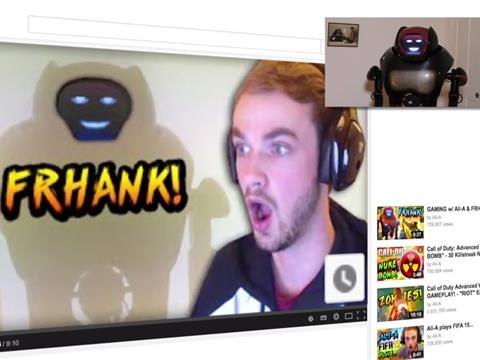
Constant conflict
“Brands will say ‘here is the script and five products’ and we have to balance that expectation with the fact these communities are based on reality, authenticity, openness and sincerity,” says Stafford. “It’s a constant competition. There are things we don’t allow brands to influence, such as selection of products, how they’re used, how long the video is, how it’s shot or edited. All these things are best left to the vlogger.”
What brands can influence is “what the product is, claims around effectiveness, how much it costs or where to buy it,” he adds. “But the way these things are re-articulated by the vlogger needs to be true and authentic.”
It raises the surreal scenario of a global fmcg conglomerate being told how to market a product by a teenage YouTube auteur. “We get it all the time,” laughs Stafford. “It’s a whole lot of conflict.”
But, he argues, vloggers know how to play the YouTube game best.
“One of our bigger influencers is Fleur DeForce (Fleur Bell, 1.2 million subscribers). Every video she does gets around 300,000 views. She has done three or four a week for three years. After a video airs she makes sure she is free for five hours because she knows comments and tweets will fly in and she wants to capture that. She knows how long people are watching, when they stop watching and what they search for after the video stops. She knows so much more about her subscribers than most brands know about their consumers.”
As a result, she’s keeping busy. “Over the past year I’ve worked with Sainsbury’s, Starbucks and Coca-Cola,” says DeForce. “A few years ago I hadn’t been approached by any food and drink brands, let alone worked with them. Now there aren’t just more brands getting involved, but bigger and better ones too.”
Click to buy
Another reason for brands to opt for YouTube over traditional advertising is the ability to create clickable ads that take consumers to a point of purchase.
Utilising this functionality is “critical”, says Declan Kennedy, CEO of StitcherAds, which creates ads for social media. “Banner ads have 0.001% click through. That means banner ads are dead. But Topshop made a clickable YouTube video and click through was 40%.”
Scobie says YouTube is “very excited” about an tool called Infocard that came out of beta testing in March. Infocard appears on video as a clickable watermark that opens online shopping links to the featured brand.
“It’s driving more engagement,” says Scobie. “I worked with P&G for a decade marketing brands and we talked about the abstract nature of having a call to action in a TV ad, when the journey to shelf might be days away. With Infocard we make it direct.”
Mattessons has trialled in-video purchasing, but Owen says it “hasn’t been that successful” among teenagers, because “mums do the online shopping. But I think it will grow into an opportunity in the future.”
So what else does the future hold for YouTube and fmcg? “I don’t know and that’s exciting,” says Stafford. “We know it’s big, and people buy things as a result of watching YouTube, but we will become far more disciplined in terms of what metrics to track, how they influence each other and how a consumer journey works.”
Brands will also get savvier, he says. “On TV, M&S can get one shot to show off its autumn collection. Some people will really like it, some people really won’t. But with YouTube it can work with 100 vloggers and super-target a variety of consumers without alienating anyone. Those nuances allow a brand to be big and niche at the same time - and being a big mass brand is something companies struggle with all the time.”
Scobie says he often thinks “how different it could have been at P&G with YouTube. The launch of Sunny Delight was a marketing case study for good and bad reasons but we were always balancing investment between mums who would buy it and teens who would demand it. P&G had a good connection with mums, but connecting with teens on any scale was very difficult. But they can be found on a huge scale on YouTube.”
Certainly marketeers like Owen are looking forward to a rosy future, although he says: “I don’t know if everyone else in fmcg has discovered it yet. Sometimes I meet food brands at events and they haven’t done much besides straight advertising.”
It’s just matter of time, believes Scobie. “YouTube is set to become a core part of the fmcg landscape. Not just brands, grocery retailers are all active on YouTube now, like Waitrose, or Asda’s Mums Eye View channel. They all recognise its scale, influence, potential and functionality. And we will see a lot more from both of them in the future.”
Top 10 YouTube ads in 2014
1. Nike
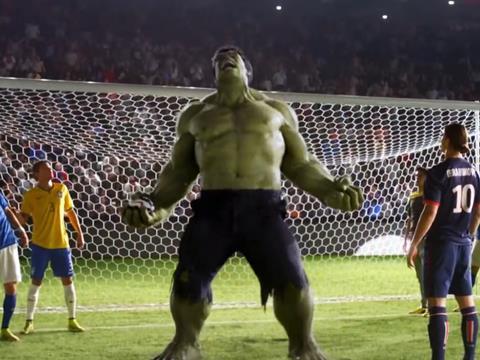
A classic example of brands using YouTube to release longer ads, this World Cup special from Nike ran to 4:12s and has been viewed over 108 million times on YouTube since April 2014.
2. Nike

Another World Cup ad from Nike, this one was even longer, at 5:28s, and presented in a completely different visual style using animated stars. Released in June, it’s been watched by 77 million people.
3. Budweiser

Superbowl ads are famously big business in the US, and this love story between a horse and a puppy was the most watched on YouTube once the hype died down, with 58 million views.
4. Always #likeagirl

An instant classic from the creative team at agency Leo Burnett, the full 3:18s version of #likeagirl has been watched over 56 million times on YouTube. It’s the first of two ads by P&G in the top 10.
5. Devil Baby Attack

A viral video dreamed up to promote 20th Century Fox’s supernatural horror movie Devil’s Due. Over 51 million morbid YouTubers watched unsuspecting members of the public terrified by a vile anamatronic baby.
6. Duracell

Duracell dumped the annoying bunny for this stirringly scored and beautifully shot ad that follows the journey of a young American footballer from young boy to the NFL. It received 23 million views.
7. Samsung
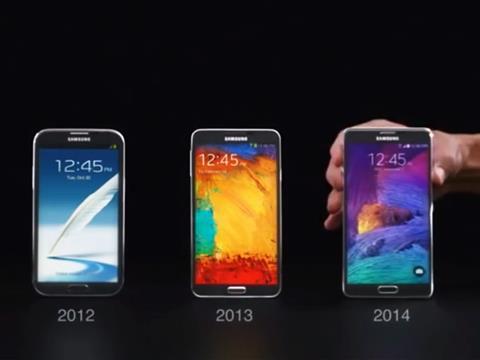
This smartphone ad showed off the evolution of the iPhone’s main competition at the time, the Samsung Galaxy Note 4. It has since been watched by over 22 million people on YouTube.
8. P&G

Over 20 million watched this ad on YouTube as P&G delivered another tearjerking homage to the role devoted mums play in the life of a successful athlete in the run-up to the 2014 Winter Games in Sochi.
9. Budweiser
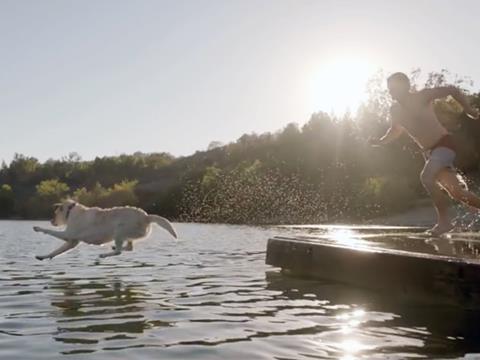
Budweiser used a similarly cute Golden Labrador for its Friends are Waiting campaign as it did for its superbowl ad. Watched 23 million times, it’s two in the top 10 for Budweiser parent company AB InBev.
10. Heineken
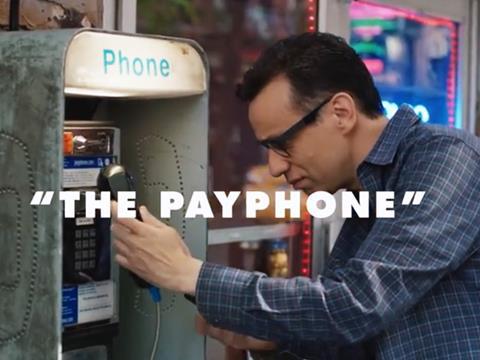
A vaguely creepy ad, which has with very little to do with Heineken or even drinking lager. The fourth in the top 10 by agency Wieden + Kennedy, it was viewed 14 million times on YouTube.


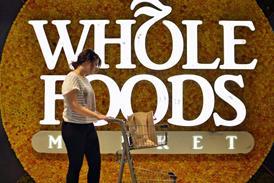
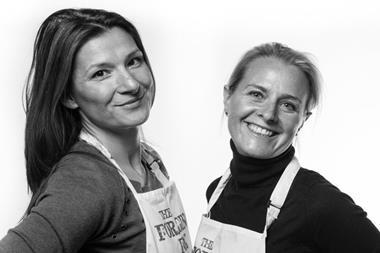


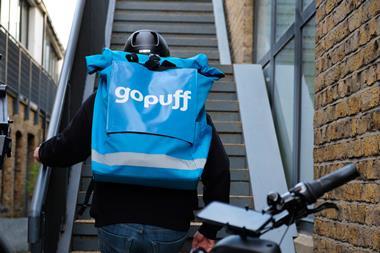
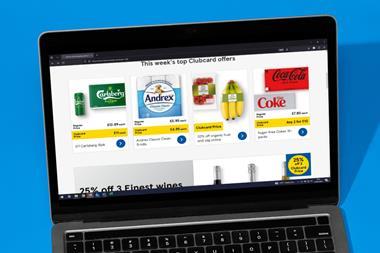
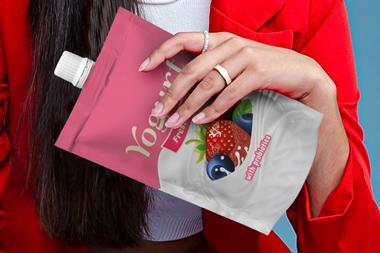

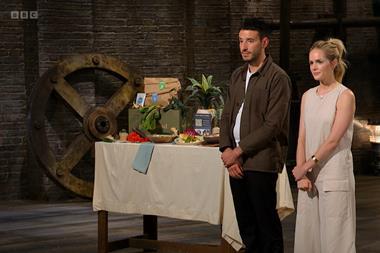
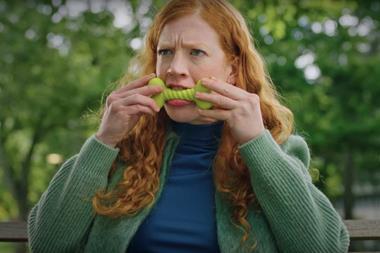
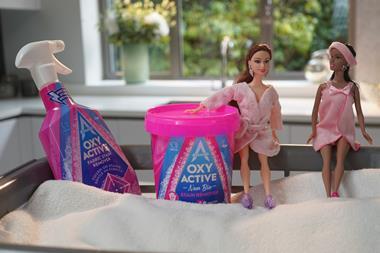
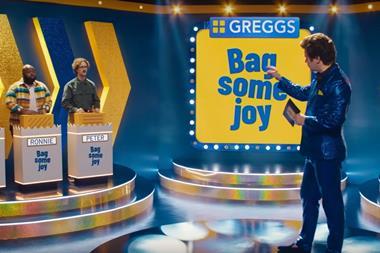
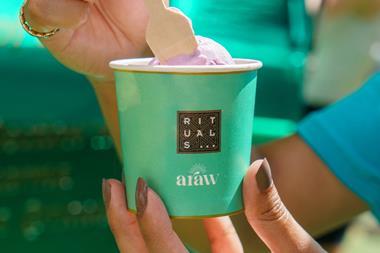
No comments yet